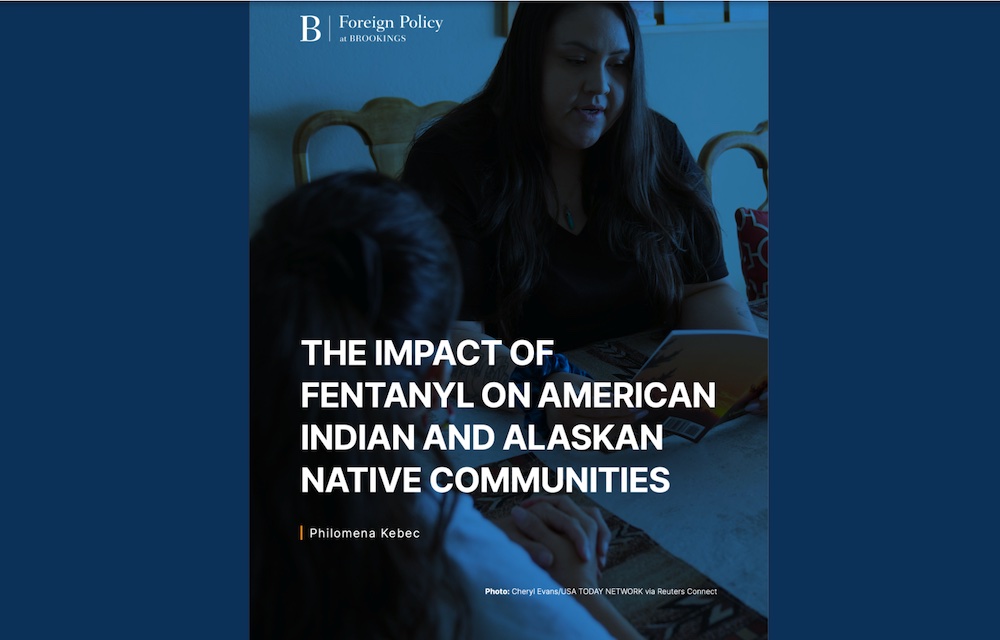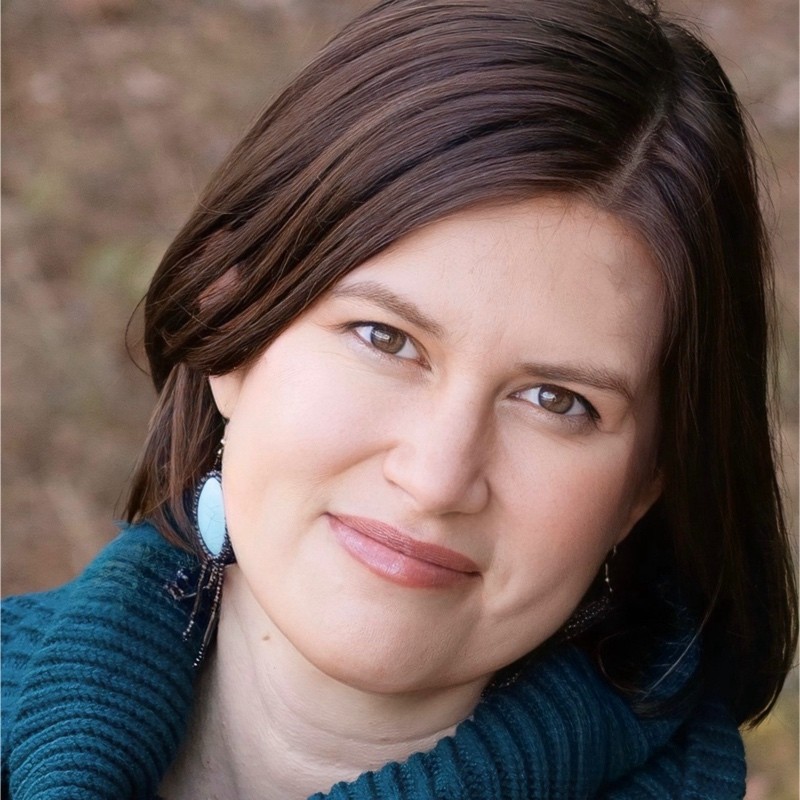
- Details
- By Elyse Wild
 “The drunken Indian stereotype has followed us into the opioid crisis,” says the report's author Philomena Kebec. Such stereotypes obscure the real drivers of the crisis.
“The drunken Indian stereotype has followed us into the opioid crisis,” says the report's author Philomena Kebec. Such stereotypes obscure the real drivers of the crisis. “The drunken Indian stereotype has followed us into the opioid crisis,” Kebec said. Such stereotypes obscure the real drivers of the crisis.
“It’s a policy question, it’s a resource question, it’s a historical trauma question. We, as American Indian people, have a common experience of American-style colonization,” Kebec said.
The real-world impacts of these systemic issues are further masked by data-collection practices.
Widely practiced data suppression policies — excluding data when incident numbers are too low — obscure the full scope of Native American overdose deaths. That creates an incomplete national picture, Kebec said.
With billions in opioid settlement money flowing to states and federal addiction care funding rising, tribal nations need dedicated resources and improved data collection.
“Tribal communities often know what the solutions are,” Kebec said. “They don’t necessarily need that research. But if we’re talking about national-level strategies, we absolutely need research to help guide us in creating and investing in the solutions that are going to work for these communities.”
Public Law 280
While drug deaths among Native Americans are twice as high as the national average, some states show even starker disparities. Minnesota and Wisconsin report the nation’s worst overdose mortality rates for Native people, the report finds. Both are mandatory Public Law 280 states, where the states, not the federal government, have criminal jurisdiction over reservations.
In states that adopted Public Law 280 mandatorily or optionally, tribal land policing has been underfunded for decades. Most report high Native overdose rates, Kebec notes.
“This phenomenon is happening within Wisconsin and Minnesota and other places affected by Public Law 280,” she said. “That is noteworthy. I think that is something we need to continue to dig into.”
Not all the disparities in fentanyl-related deaths can be attributed to Public Law 280, Kebec acknowledges, but the contrast between neighboring Great Lakes states is instructive. Michigan and Wisconsin share similar Native population numbers and political climates, yet Michigan’s Native American overdose was 16 per 100,000 in 2022, compared to Wisconsin’s 65 per 100,000.
Minnesota’s Native American overdose rate of 145 per 100,000 ranks third nationally, behind only Arizona and Oklahoma.
Sen. Tina Smith (D-Minn.) told Native News Online that the numbers reflect both public safety gaps and limited healthcare resources in tribal communities.
“It also is emblematic of the challenges tribes have getting the resources to provide all the different levels of care that are culturally connected to their members,” Smith said. “We know when tribes have the autonomy and when they have the resources, they’re able to get after these issues.”
Last month, Smith introduced legislation that would expand the Special Tribal Criminal Jurisdiction (STCJ) program to allow tribal nations to prosecute non-Native offenders for drug crimes. Her push came after discussions with tribal leaders in Minnesota about drug trafficking on reservations and how Public Law 280 leaves tribes at a loss when prosecuting non-tribal offenders.
“[They] laid out for me both the devastation of opioids and increasingly fentanyl on tribal lands,” Smith said. “And the incredible devastation of tribes as they see this revolving door of non-native people coming on tribal lands, selling drugs, committing crimes, and then the inability of tribal leaders to be able to get after those folks.”
But enforcement requires nuance, Kebec said, noting that prosecution laws may unintentionally deter people in Native communities from calling emergency services if they witness an overdose.
“We’re creating perverse incentives for people not to call 911, and oftentimes in these communities, we’re not giving those folks the support to also interrupt an overdose on their own,” Kebec said.
Solutions and Treatment
Beyond public safety issues, the Brookings report examines access barriers to FDA-approved medications to treat opioid addiction: buprenorphine, methadone, and naltrexone. While these medications can cut opioid death risk by half, only a handful of tribal nations have programs to distribute them.
Yet tribes are developing innovative, culturally-centered solutions highlighted in the report. The White Earth Nation in northwestern Minnesota created a treatment framework that centers on Anishinaabe values and the circular concept of time. In Oregon, the Confederated Tribes of Grand Ronde launched a mobile unit that delivers medication to treat opioid addiction on the remote reservation.
Kebec co-founded the Gwayakobimaadiziwin Exchange Program from her garage on the Bad River Reservation in 2015. Today, the needle exchange program, which operates on a $1 million budget, distributes naloxone and harm reduction supplies across four counties bordering the reservation.
Now pursuing her doctorate in public health at Johns Hopkins Bloomberg School of Public Health, Kebec remains steadfast in her commitment to reducing overdose deaths in Indian Country.
“This is something that we can overcome,” she said. “Overdose fatalities are not inevitable. There are many solutions that we can come up with. This is not theoretical. This is not just an academic exercise. For me, I’m absolutely invested in this.”
More Stories Like This
Johns Hopkins Collecting Tribal Success Stories from $1.5B Opioid SettlementArizona MMIP Task Force Holds Listening Session for Survivors and Families
‘A good stew is a story’ Blackfeet buffalo rancher shares Three Sisters Buffalo Stew recipe
National Indian Health Board Urges Congress to Extend Enhanced Premium Tax Credits
$1.25 Million Grant Gives Hope to Tolowa Dee-ni' Nation Amid Housing Crisis


